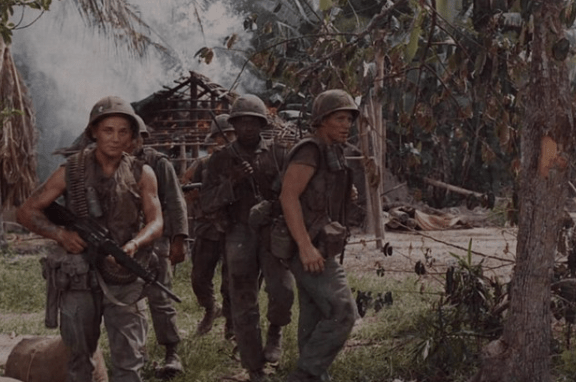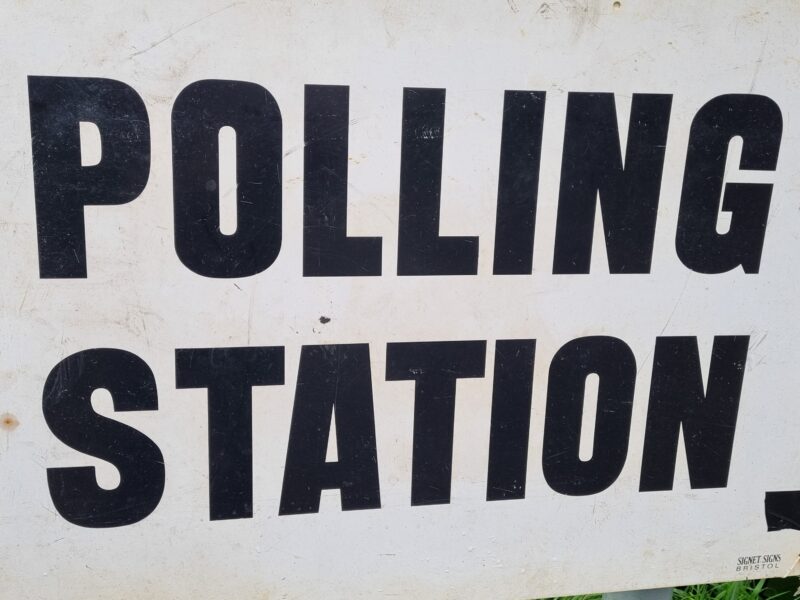By Robin Jamieson, Marxist psychologist
It is inevitable that we will take some of the reports of the war in Ukraine on face value, simply because they ring true. Otherwise, we would have to shut ourselves out from all newspapers and TV coverage. But we should never read and listen to these reports unthinkingly.
We are not mentally equipped for life in the age of psychological warfare. What we are experiencing most of the time is a relentless barrage, including lies and propaganda with no hint of any doubts or disagreement and the creation of a consensus that can easily be accepted by most people most of the time, with pressure to conform greater than that exerted by evangelical religions.
State-sponsored propaganda has no need of a secret weapon, such as methods of persuasion pioneered by Cambridge Analytica which involved the theft of millions of Facebook profiles and the use of some sort of cluster analysis, allegedly by a Cambridge academic with the aim of targeting propaganda messages at selected groups based on their existing belief systems. Later reports suggested that these methods were used by the successful Trump campaign but were not used in the UK Brexit referendum. The psychology behind this is not fiendishly clever and the results are uninspiring.
Of more concern are techniques developed by the online advertising industry which can target ads based on a Facebook like, a click or words used in emails and text messages and spyware such as Pegasus that can switch on the microphone and monitor conversation close to a smart phone, enabling messages to be sent in response to key words.
Political adverting and selective messaging with the benefit of AI, combined with online political censorship of social media, including Facebook posts that vanish without trace or “are no longer available”, add to the impression of unanimity, but all of these are of secondary importance compared to the impact of mass media on social psychology and crowd behaviour. A football crowd chanting and waving flags has more emotive propaganda value than a thousand tweets.
News at its best is information about what is going on
News at its best is information about what is going on in the world and taken as scientific data can be assessed for its validity and reliability. For statistical data these can narrowly defined but more generally validity is closely related to truth and reliability to precision and accuracy.

For validity we can ask does a thermometer actually measure temperature or not, or is a news report a work of fiction or an account of what is going on in the world and why. Truth matters, but sometimes there is no way of knowing, no additional evidence to corroborate a murder allegation, no other type of thermometer to compare with ours, no freely available news channel that tells the story with a different script and alternative images.
Here in the UK, news is mainly from domestic sources. RT news, which had its own propaganda content, has been disconnected from the satellite link in Belgium and Al Jazeera claims to be broadcasting from Doha but sounds remarkably like a branch of the BBC aimed at an audience in Africa and the Middle East, with announcers speaking perfect colloquial English who let it slip at times that they are actually broadcasting from London. The audience has no way of assessing the validity of news.
Reliability is more complex. If the equivalent of test-retest reliability is impossibly high, with no random variation, or a verbal report directly contradicts a visual image giving a reliability score of zero, then the validity of the news is questionable. News has to be valid and reliable and it is possible with effort, and after some time, for an audience to question what they see and hear.
The USA was always winning the Vietnam war…until it lost.
There are precise figures on all channels of the number of Russians troops killed in Ukraine, reminiscent of the “kill ratio” reported in the Vietnam war which the US was always winning until it pulled out. There are the same maps of surrounding countries showing the escape routes for refugees in which for several days Moldava is not named, then reappears following a visit from the US Secretary of State.
Early maps show a Russian presence in Transnistria, a strip of land along the western border of Ukraine where Romani people survived the Shoah and regard themselves as Russian not Ukrainian, but for over a week Transnistria is missing from the maps. High levels of statistical reliability could be achieved by micro-manipulation of the news, but there is still a possibility that they use the same material because information is not getting out of Ukraine.
There are, however, significant indicators of low reliability where the commentary and the visual images linked to it tell a different story. On March 5 the Guardian, a paper with a reputation for high quality journalism, had a headline “nuclear catastrophe ‘narrowly’ avoided” above a photograph from a surveillance camera showing, it said, the strike on the Zaporizhzhia nuclear power plant. The same picture featured with a similar headline appeared in other UK papers, on TV news reports and in news media in Europe, India and Australia. It shows a bright circle of light, perhaps some sort of huge explosion, with an unexplained vertical bar above.
No parabolic trajectory or flight path shown
Moving images from the same security camera were broadcast, but all of them seems to show a circle of light descending slowly then fading and followed by two more lights. There is no parabolic trajectory or flight path shown, as might be expected when a shell or missile arrives. No explosion is shown and the security camera recording these events seems not to have been damaged.
The six reactors are south of the city, in the part of Zaporizhzhia Oblast said to be under Russian control. They can be seen easily in Google Maps street view. They are huge targets which would be easy to hit and equally easy to miss. The visual evidence presented suggests that the training centre was carefully targeted with at least three flares which might indicate that any attack was planned and executed very carefully. Later reports suggest that this had happened on Monday March 7 and published a few days later when the nuclear plant was operating under the control of the Ukrainian staff, but the world still believes that a nuclear meltdown 10 times worse than Chernobyl had been narrowly averted.

The video can be preserved and shown to people in different circumstances to get a record of what they think they can see. It will make its way into psychology textbooks as an example of perception being modified by social pressures and high anxiety.
Leaders of all parties, wearing obligatory Ukrainian flags
President Zelensky on video was received in the UK Parliament on March 8 with two standing ovations. Leaders of all parties, wearing obligatory Ukrainian flags, competed with each other to seek tougher sanctions on Russian oligarchs and there was no hint in public of any doubt or dissent, which would be taken as treachery or cowardice. Eleven Labour MPs who are against the war even withdrew their dissent and remained silent, such is the social pressure exerted by the media.
Not surprisingly, it is hard to find any people who deny or oppose the prevailing narrative that the cause of this military conflict is to be found in the psychopathology of one man. Putin is a ‘mad dictator’ and no-one in Russia can stop him. Coronavirus has made him worse as he is isolated and has no contact with subordinates who might influence him.
It helps that the Cold War, within living memory had Russia as the red menace, so even the name of Vladimir Putin, repeated often enough with the right snarl can be culturally associated with Rasputin and Vlad the Impaler. The wars against Iraq were accompanied by comparable references to “Saddam the Insane”.
It follows for the unquestioning…
It follows for those watching the news unquestioningly that Russia can’t fight; it has a demoralised conscript army who are deserting in large numbers and also being killed by the brave Ukrainians. Russia has failed to stop the Ukrainian air force, has got itself trapped in a 40km-long convoy north of Kiev, in a traffic jam with no fuel or supplies; Putin is facing a military disaster and will be overthrown by his own people, and so on.
For those who can withstand the onslaught of psychological warfare, until it tears itself apart with logical contradictions, life will be easier if they had a Marxist understanding of the world in which they are living. In a nutshell:-
Russia. The revolution was betrayed by a Stalinist bureaucracy who presided over the collapse of the Soviet Union then with friends and family appointed themselves as oligarchs through the theft of state property and continued to enrich themselves by the exploitation of natural resources and no Chinese-style plan for successful capitalism.
Ukraine. As in Russia, a stagnant post-Soviet economy with rival oligarchs and militarised factions of extreme right wing nationalists, all manipulated by the US embassy, leading to the election of a popular actor who promised to oppose the oligarchs and bring peace and unity between those speaking Russian and Ukrainian, then doing the opposite.
NATO. A military alliance set up to protect capitalism against the spread of communism and which continued to fight the Cold War because a successful capitalist state in Russia would be a powerful rival, like China, and a failed capitalist state would be faced with the possibility of return to revolution. No oligarchs, only ‘entrepreneurs’, multinational corporations, hedge funds and the super-rich who hold real power and play with democracy.
The responsibility of socialists in Europe and North America is to oppose militarism and war and above all to demand the end of NATO, to oppose the military ambitions of our own ruling class.



